The History of the Rail Park
An era of horse drawn barges and belching 5-ton engines provided the steam for Philadelphia’s Industrial past
Read More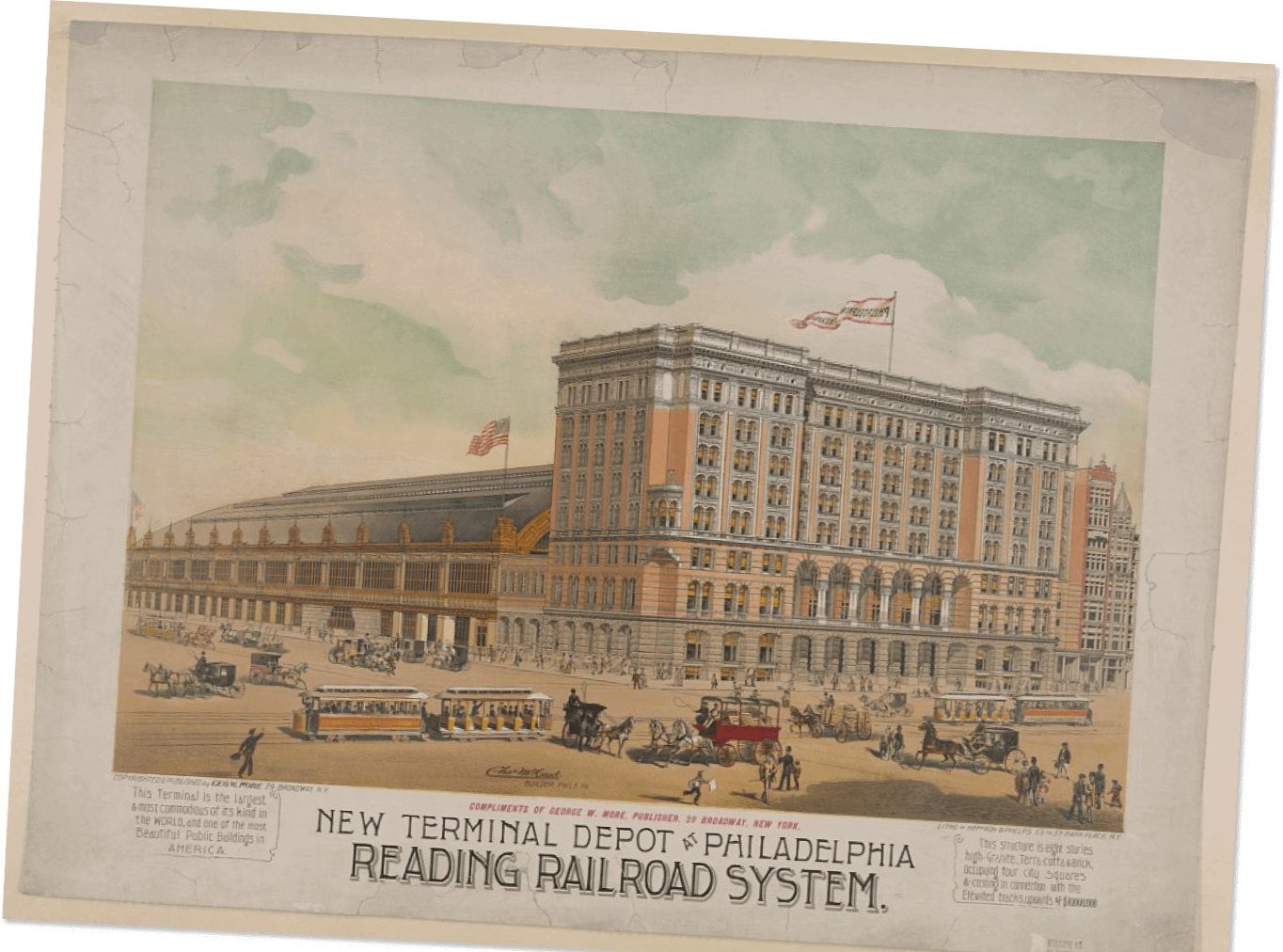
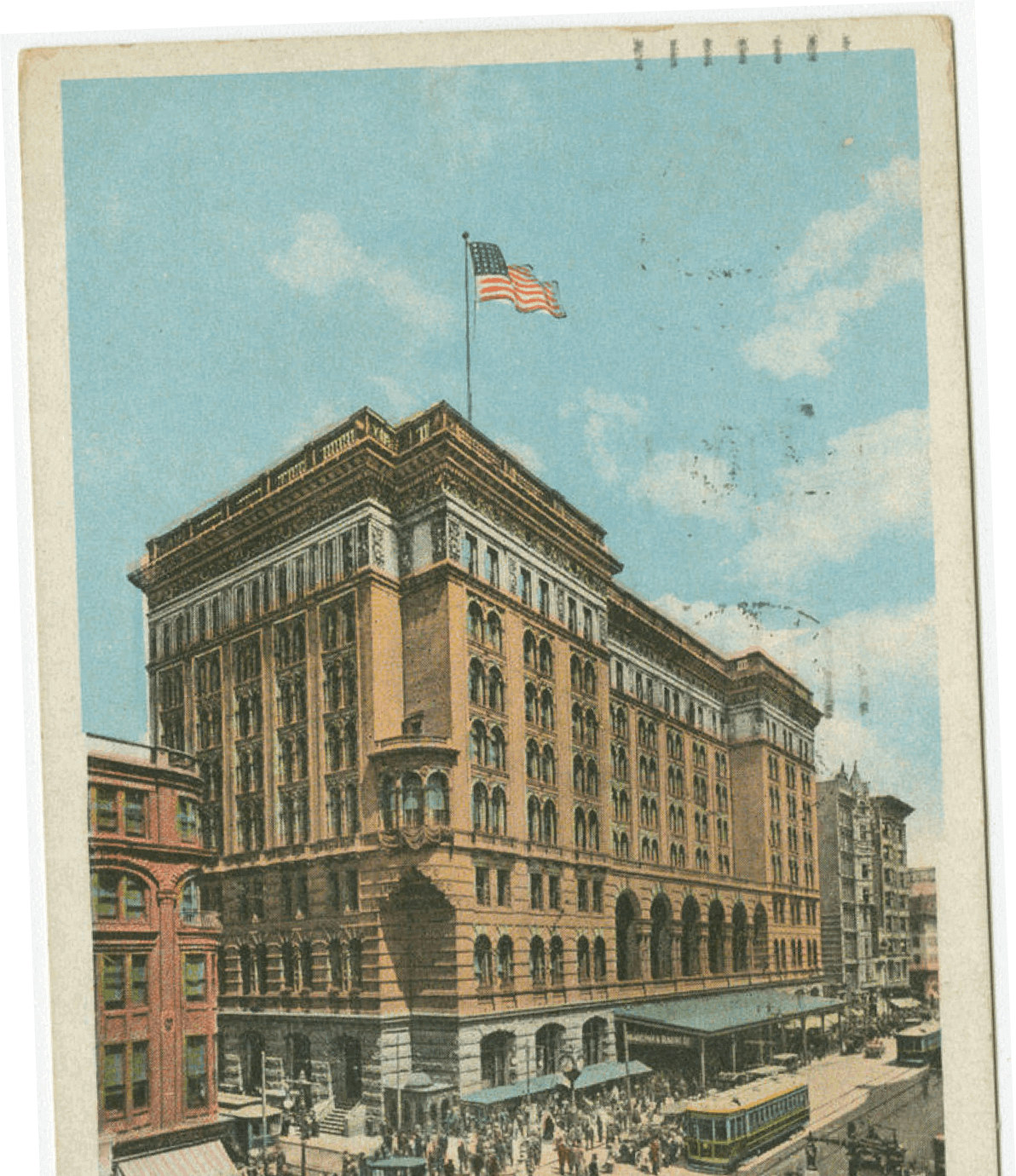
An era of horse drawn barges and belching 5-ton engines provided the steam for Philadelphia’s Industrial past
Read More

Old Ironsides, the Baldwin Locomotive, set off on its first trial run in 1832 at the daunting pace of 1 mile per hour and set the foundation for what would become one of the largest industrial facilities in the world. By 1880, there were as many as 16 tracks crossing Broad Street just north of Callowhill.
Massive, steaming, smoking locomotives pulled hundreds of freight cars in two directions intersecting with North Broad Street traffic of horse and wagons, carriages, carts, bicycles and pedestrians.
The Philadelphia and Reading Terminal Railroad was incorporated on April 13, 1888, and leased by the Philadelphia and Reading Railway on May 1, 1891. In order to be permitted to build the Reading Terminal in Center City, the Reading Company agreed to remove the tracks from the city streets and embarked on building new infrastructure including the Viaduct, the Cut and the Tunnel, and in doing so created the first subway in America. Reading Terminal was completed in 1893.
In 1894, plans were approved for the depression of the City Branch — “tracks and yards of the P&R between Broad & 30th Streets, including the north side of Noble street and Callowhill street and between Eleventh and Broad streets: the alteration of the lines and grades of the tracks of the Philadelphia & Reading Terminal Railroad Co. east of Broad street and between Noble and Carlton street.”
By 1900, the track-depression project on the City Branch was completed; upstate passenger trains once again traversed the busy corridor, then up into the Reading Terminal.
Columbia Philadelphia RR, the first RR in the US operated by a government body, built the Columbia Bridge over the Schuykill
The Philadelphia Reading RR becomes the first line in America to carry a million tons of freight in a year
The Philadelphia Reading RR becomes the largest corporation in the world
Plans are approved for the depression of the City Branch line (Broad St. to 27th) to prevent dangerous vehicle crossings
The United States Census lists 264 manufactured articles – 211 of them produced in the city of Philadelphia
Service industries operating on the City Branch line include Baldwin Locomotive Works, Knickerbocker Ice Co., and A Whitney & Sons Car Wheel
The Philadelphia & Reading Railroad consolidates 24 separate lines under the name Reading Co.
The Philadelphia Inquirer stops printing at their Broad St. & Callowhill location, officially stepping down as the last customer to operate on the City Branch line
Also known as Our Lords Candle, Jacob’s staff or flannel leaf, Mullein grows best on dry, sandy soil such as that of rubble dumps or railroad tracks. Early settlers inserted the thin, fuzzy leaves into their shoes for extra insulation in the winter.
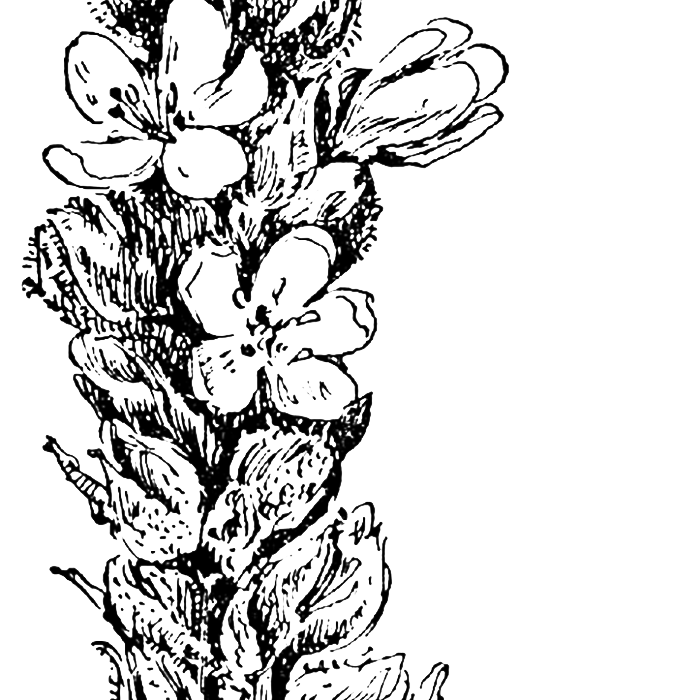
Also known as stink tree or ghetto palm, this smooth, gray tree originates from central China where the term “good for nothing Ailanthus stump-sprout” refers to a spoiled child who fails to live up to expectations.
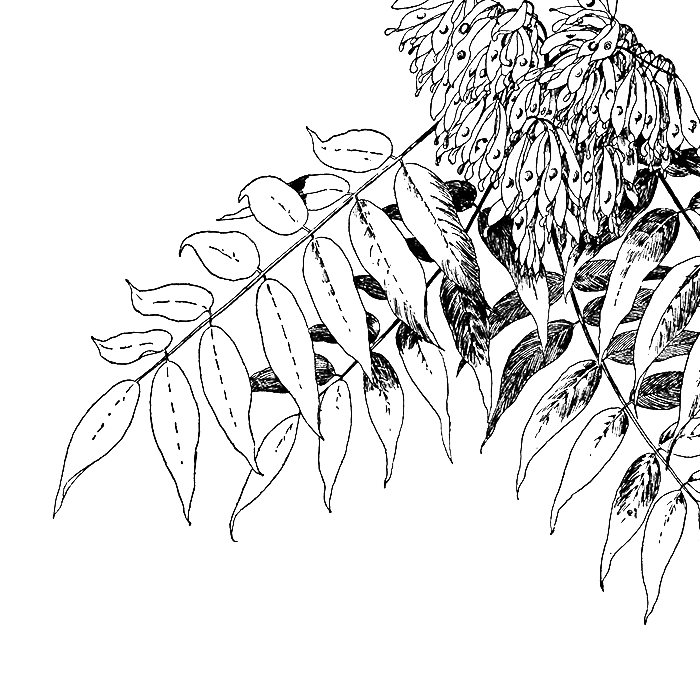
This tall plant is a quintessential urban weed, thriving on the disturbed soil of rubble dumps. Mugwort was once used to flavor beer before hops took over that role. In traditional Chinese medicine, the dried leaves are rubbed on the skin to stimulate acupuncture points.
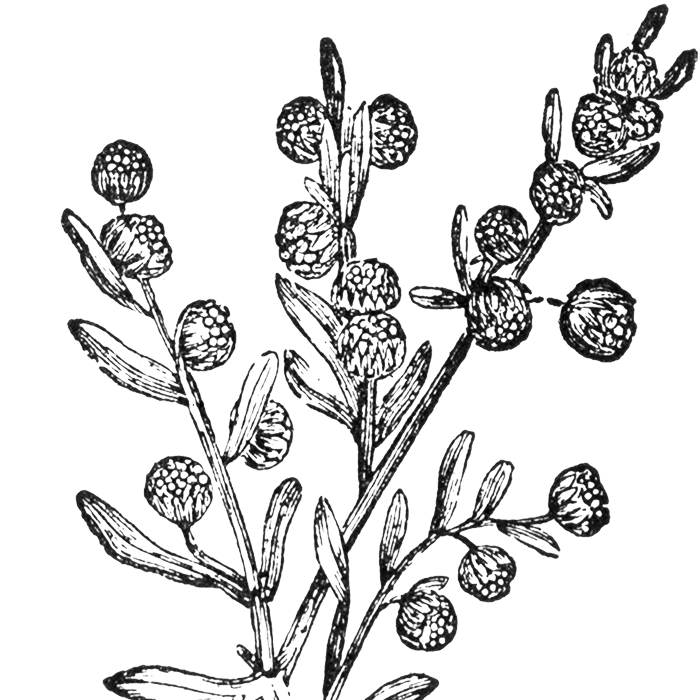
This summer annual produces a hairy basal rosette, each flower stalk topped with a cluster of tiny white flowers. The rosettes can be eaten in spring as a bitter herb, however if left to its own devices, the plant will quickly dominate an untended vegetable garden.
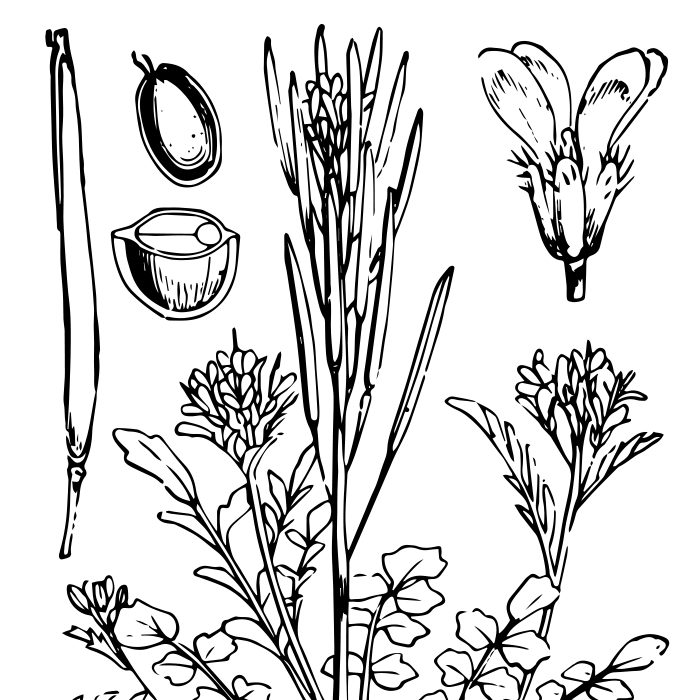
This woody vine, with its worty lenticles, originates from Northeast Asia, and climbs by means of twisting stems which eventually strangle its “host”. The roots of are traditionally used in Chinese medicine for and as ornamental décor in autumn months.
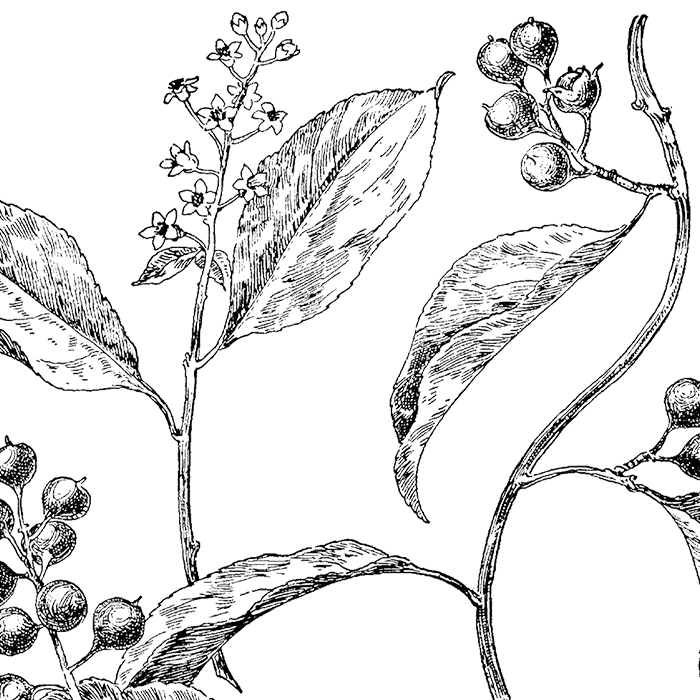
Also known as butter weed or mare’s tale, this annual originates from North America; its hairy stems produce white flowering florets which Native Americans used to treat diarrhea and Shakers sold to treat kidney stones and a variety of urination problems.
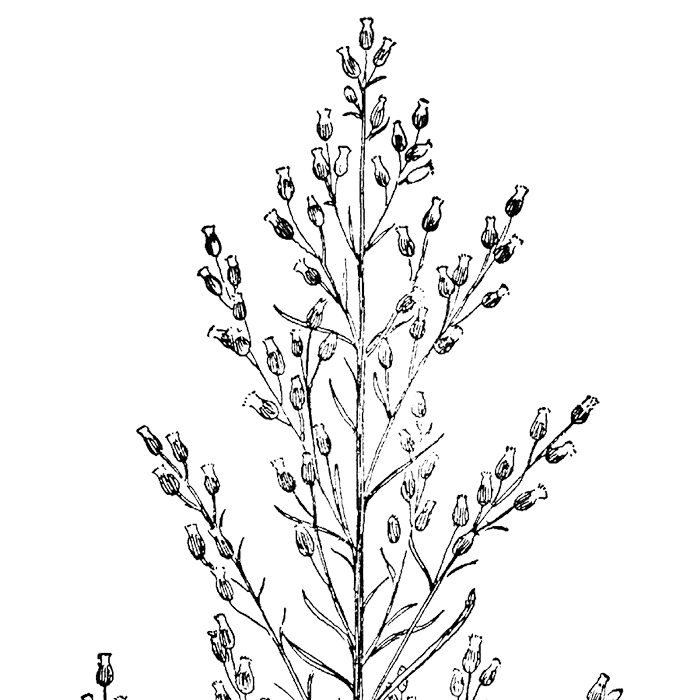
Also known as Queen Anne’s lace or Bird Nest, Wild carrot is a tall slender plant originating from North Africa. Often found in abandoned urban meadows or railroads, seeds of wild carrot have long been used in European medicine as a “morning-after” contraceptive.

Also known as Mexican or Japanese bamboo, this fast-growing perennial originates from East Asia, with conspicuous clusters of white flowers. Young shoots look a bit like asparagus and are edible after boiling with a lemony taste, known for being baked into pies.
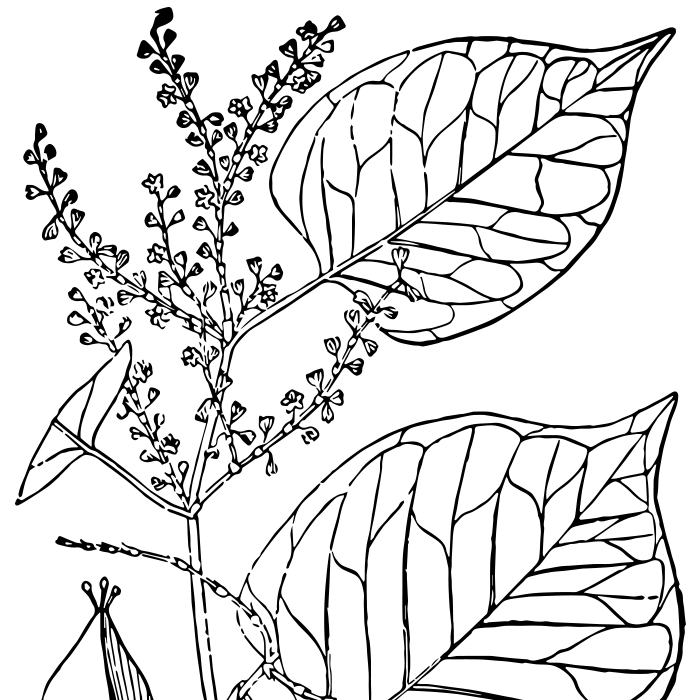
Also known as baby’s breath or wild madder, this weakly upright plant has clusters of tiny white flowers giving the plant a wispy appearance. Extracts of its leaves have long been used as a “spring tonic” and the seeds, when roasted, have been used as a coffee substitute.
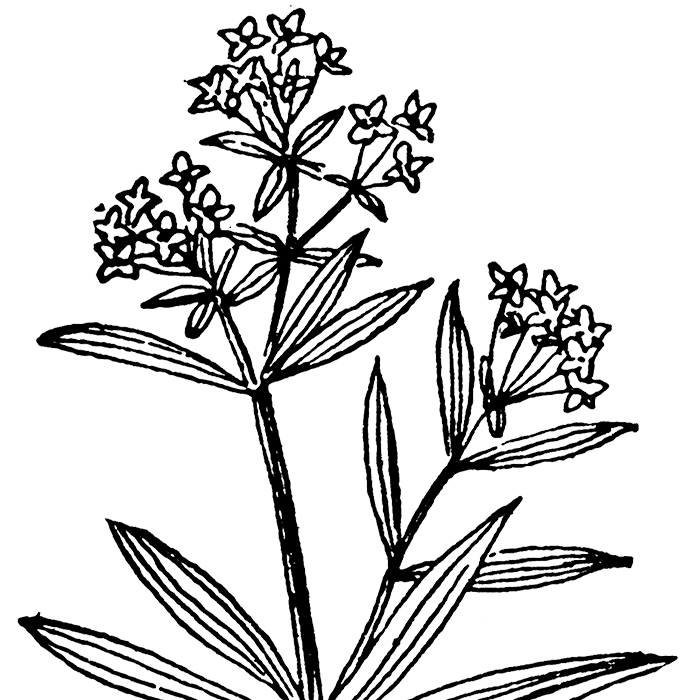
This deciduous tree originates from East Asia; mature trees’ flowers are covered with velvety hairs that expand to long tubular violet flowers in the spring. Paulownia was supposedly used as packing material to protect imported Chinese porcelain after 1944.
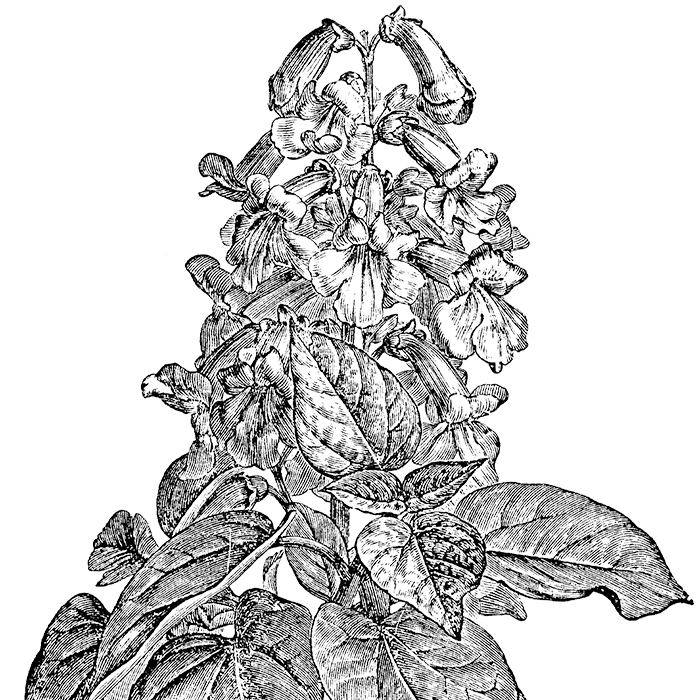
Also known as cancer jalap or pigeon berry, Pokeweed grows best in deep moist soil and is common in neglected ornamental landscapes such as vacant lots’ chain link fences. Pokeweed is a known substitutes for asparagus and a popular remedy for chronic rheumatism.
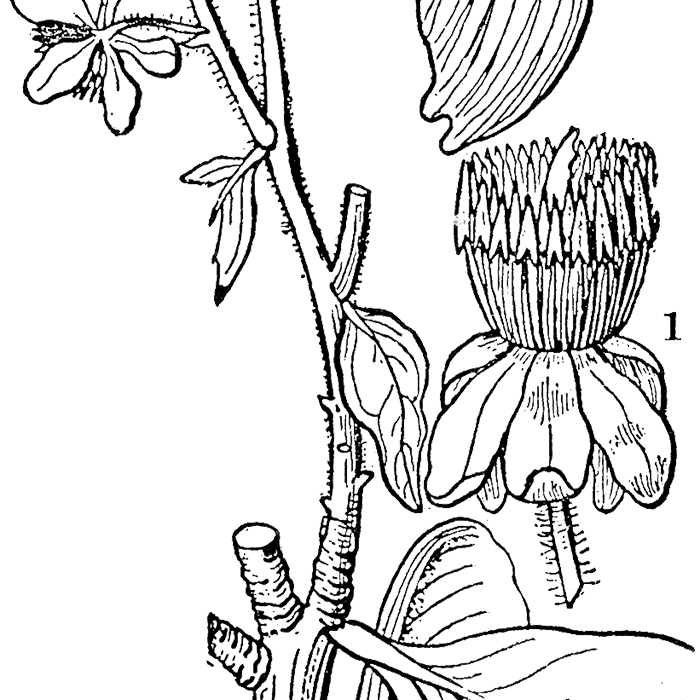
The fruits of Black Cherry’s dark green twigs have been used to make jelly and wine (called “cherry bounce”) and the wood is highly prized for furniture making. The powdered inner bark has been used to treat bronchitis in products like Smith Brother’s Wild Cherry cough drops.
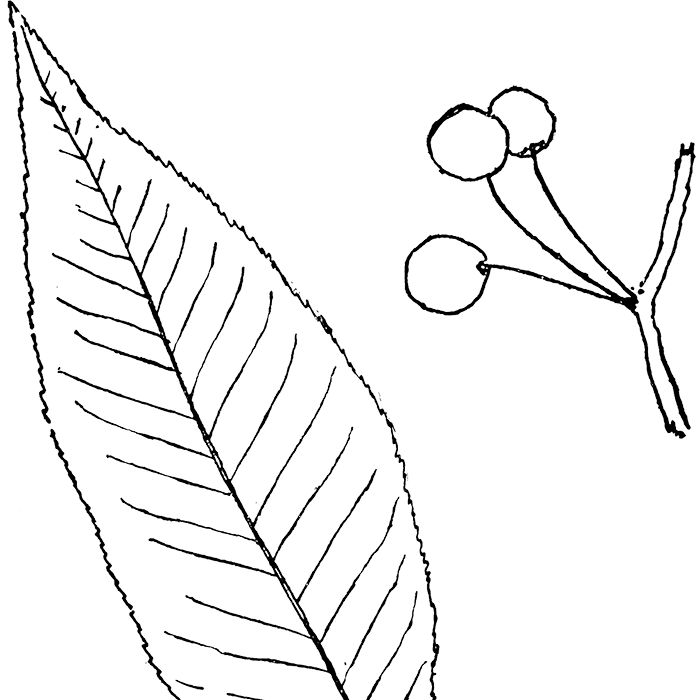
Often referred to as living fence or rambler rose, this climbing vine is covered with pyramidal clusters of fragrant white to pale pink flowers in the spring. With the help of birds, multiflora rose has spread far and wide across the US, listed as a notoriously invasive plant species.
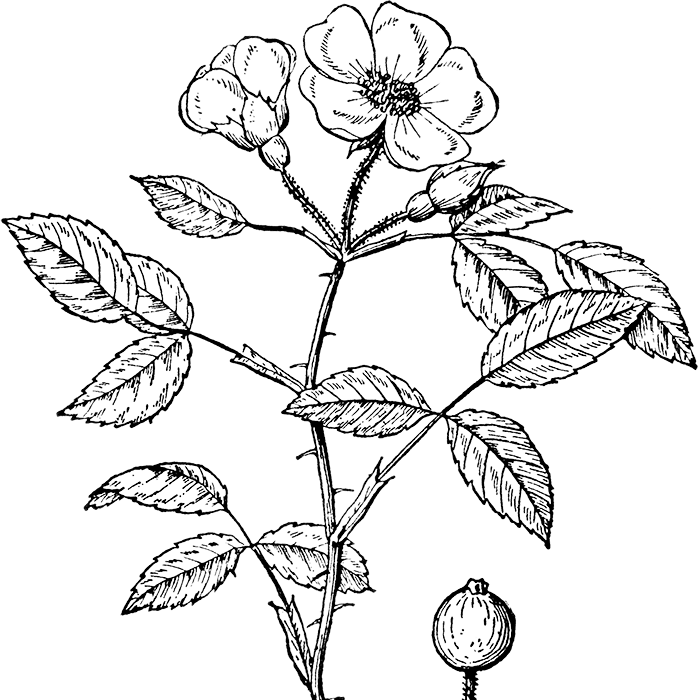
This flexible purple stemming plant, often trails along chain-link fences and stone walls, growing up shrubs and trees. The foliage is toxic, somewhat narcotic, and has been used in European folk medicine to treat warts; Modern science has confirmed that extracts show anticancer activity.
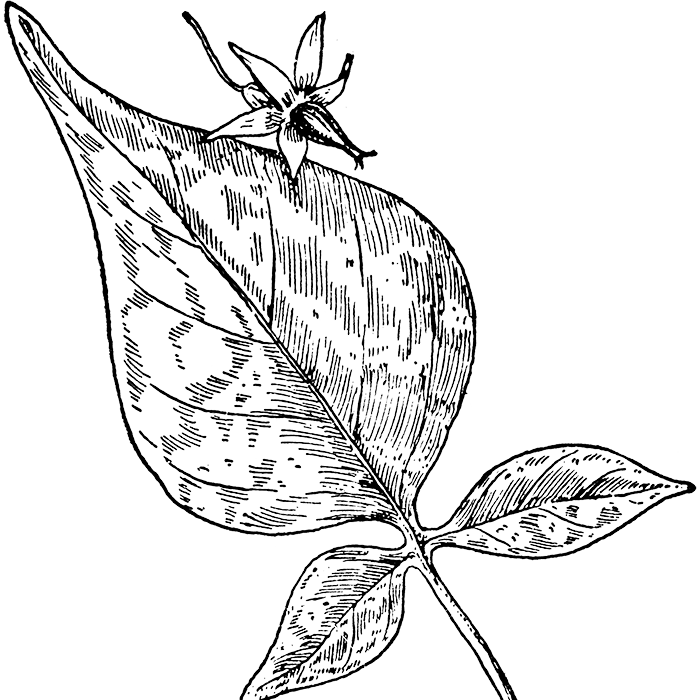
In the urban environment Goldenrod is commonly found in neglected residential landscapes, abandoned meadows and along railroads. Native Americans used all parts of the plant for various medicinal purposes and Thomas Edison even experimented with its sap to produce rubber.
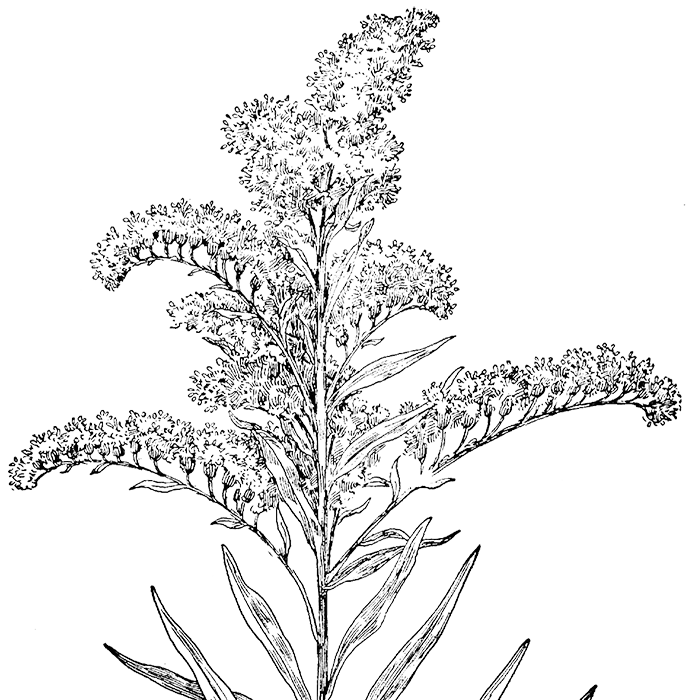
Chickweed is a truly cosmopolitan plant that can be found in high elevations in the tropics to the moist sites of rubble dumps. Chickweed has long been used as a folk medicine in Europe treating indolent ulcers, skin rashes, insect bites and inflammation.
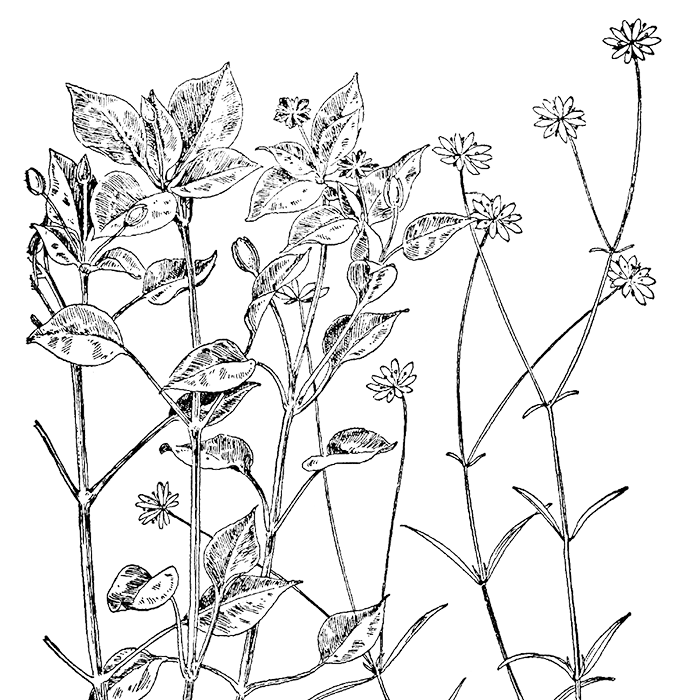
Located at the Viaduct Rail Park at 10th and Hamilton Streets, the newest PHS Pop Up Garden transforms an unlikely space into a fabulous community asset.
Get Directions View the MenuJune 1st
Sept 30th
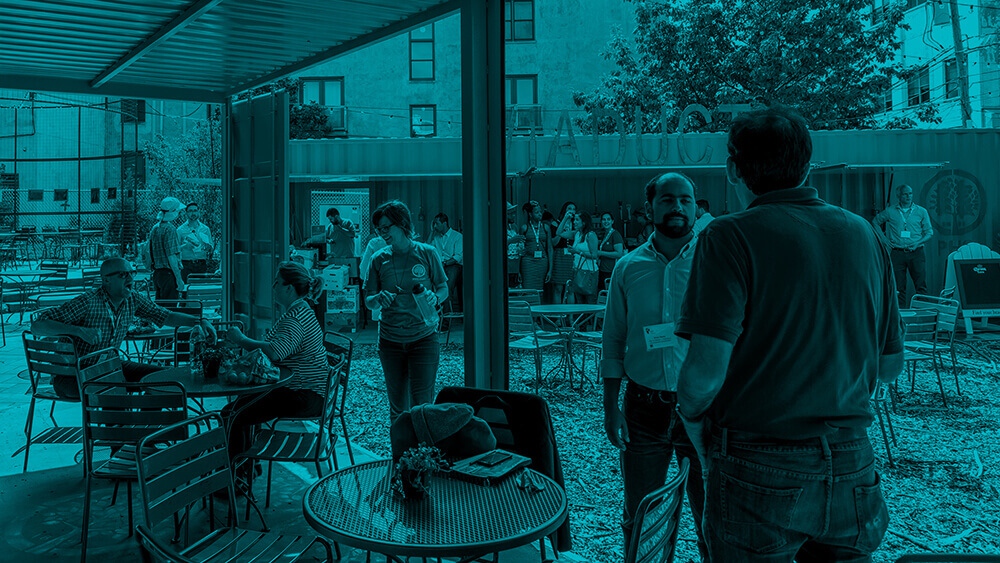

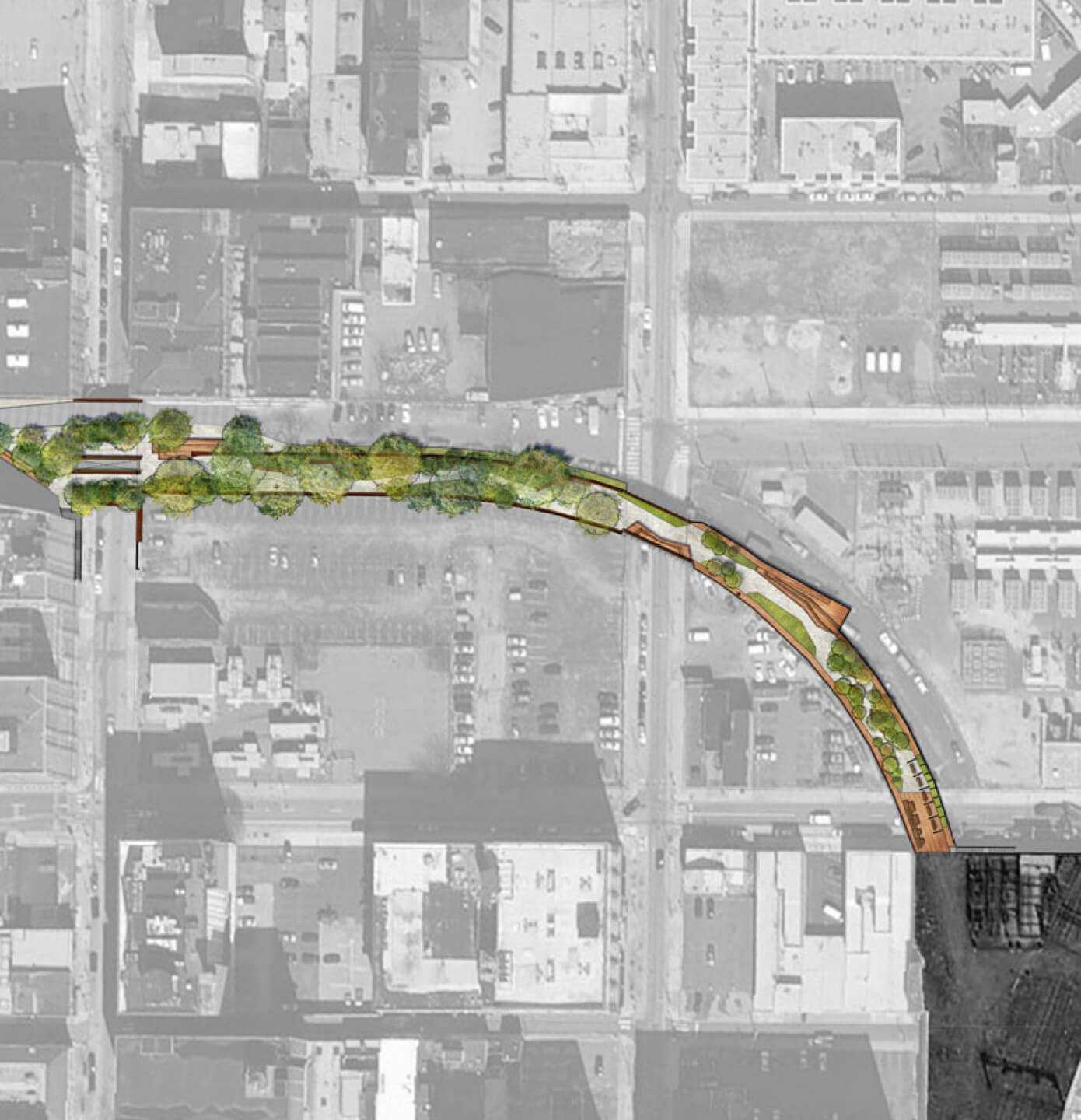
Inspired by The Promenade Plantee in Paris and the High Line in New York, the Viaduct Rail Park will activate elevated, street level, below street level and tunnel sections of one of the most important railroads in American History.
Phase I of the project is designed, engineered and more than 50% funded towards breaking ground by 2017 with the support of the City of Philadelphia, the William Penn Foundation, The Knight Foundation, the McLean Foundation, SEPTA and through the leadership of the Center City District.
The re-imagined space stretches from North Broad Street east along Noble Street and curves south to Callowhill Street and includes streetscaping and lighting as well as landscaping on the elevated sections of the viaduct. Engineering is provided by URBAN Engineers and design by Studio Bryan Hanes. Additional renderings of Phase I can be found at: http://www.therailpark.org/images/
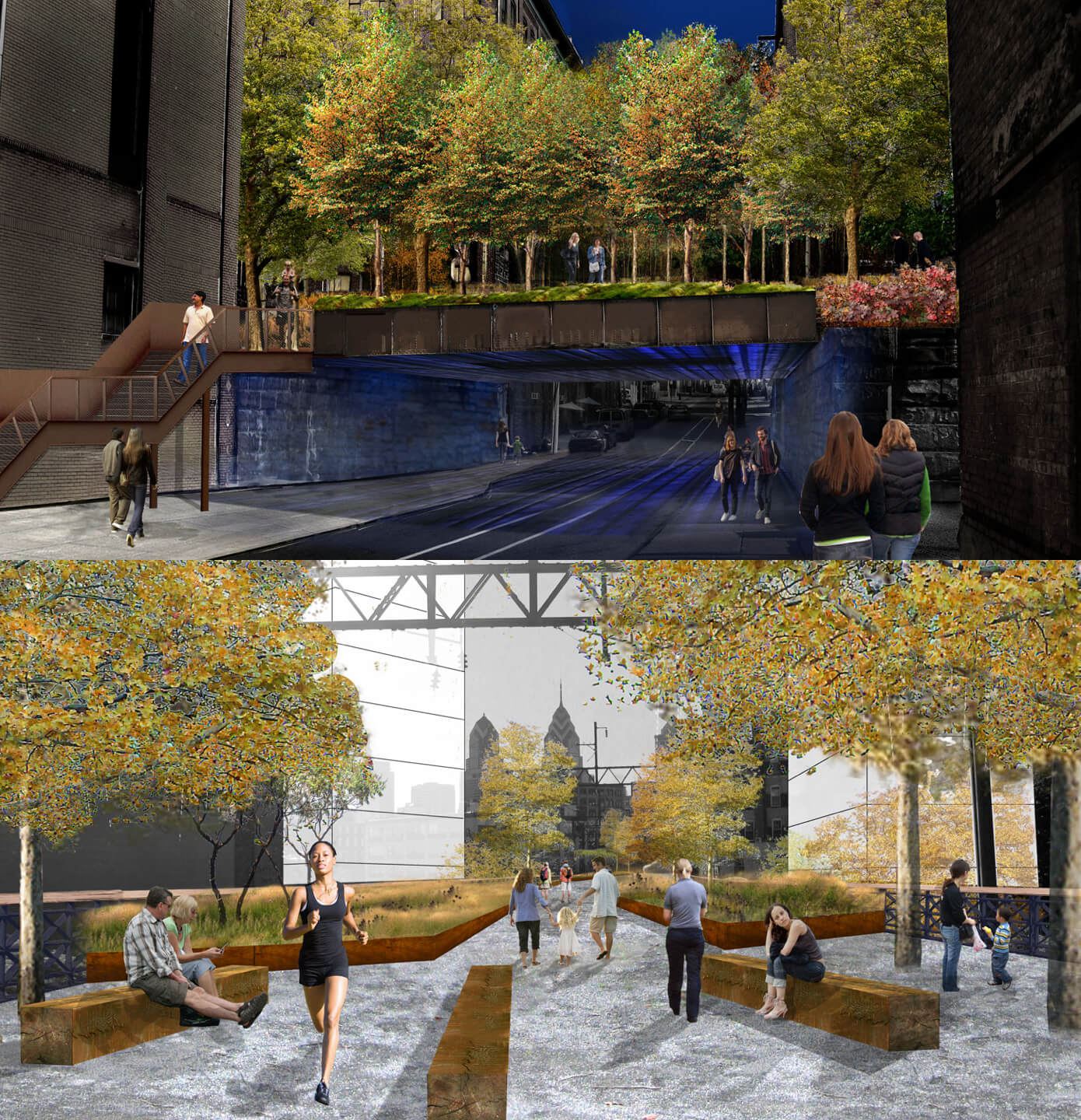
The Rail Park will provide visitors with experiences that invoke community, history, horticulture, visual and performing arts, health and wellness, architecture, the natural and built environments, and a sense of pride of place. The 55 block site will become an enlivened community transforming the way Philadelphians live, work and play.
The Viaduct Rail Park will be maintained by the Philadelphia Department of Parks and Recreation with Friends of the Rail Park providing additional maintenance as well as programming.